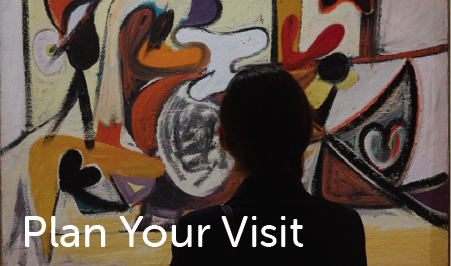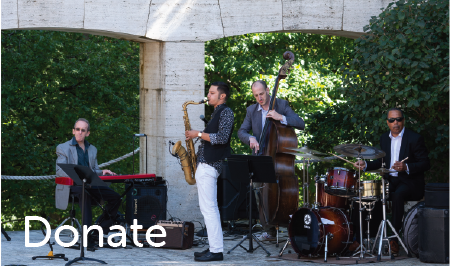Asian Art Collection Standing Gauri South India South India Believed to be an iteration of Parvati, the wife of Shiva, this solid cast bronze was created in the Chola dynasty, one of the longest-lasting dynasties in southern India. First mentioned in texts from 3rd century CE, and lasting until 13th century CE, the dynasty was known for their trading, seamanship, wealth, and piety. The Kreeger Museum sculpture, made late in the dynasty's reign, is an example of Chola craftsmanship. Small and durable, the piece was designed so it could leave the temple and be processed through the town. During the ritual, the sculpture embodied the goddess herself. The sculpture would be clothed and surrounded by incense, flowers, and offerings of food. Only the eyes would be left uncovered so devotees could make eye contact (darshan) with their goddess, an important aspect of the religious practice. Libations (milk, water, ghee) would also have been poured over the bronze. Over time, these offerings eventually broke down the bronze, accounting for the softening of hard lines and distortion of features in the face of the figure. Text by Robert DeCaroli, Director of the MA Program in Art History and Professor at George Mason University. |








